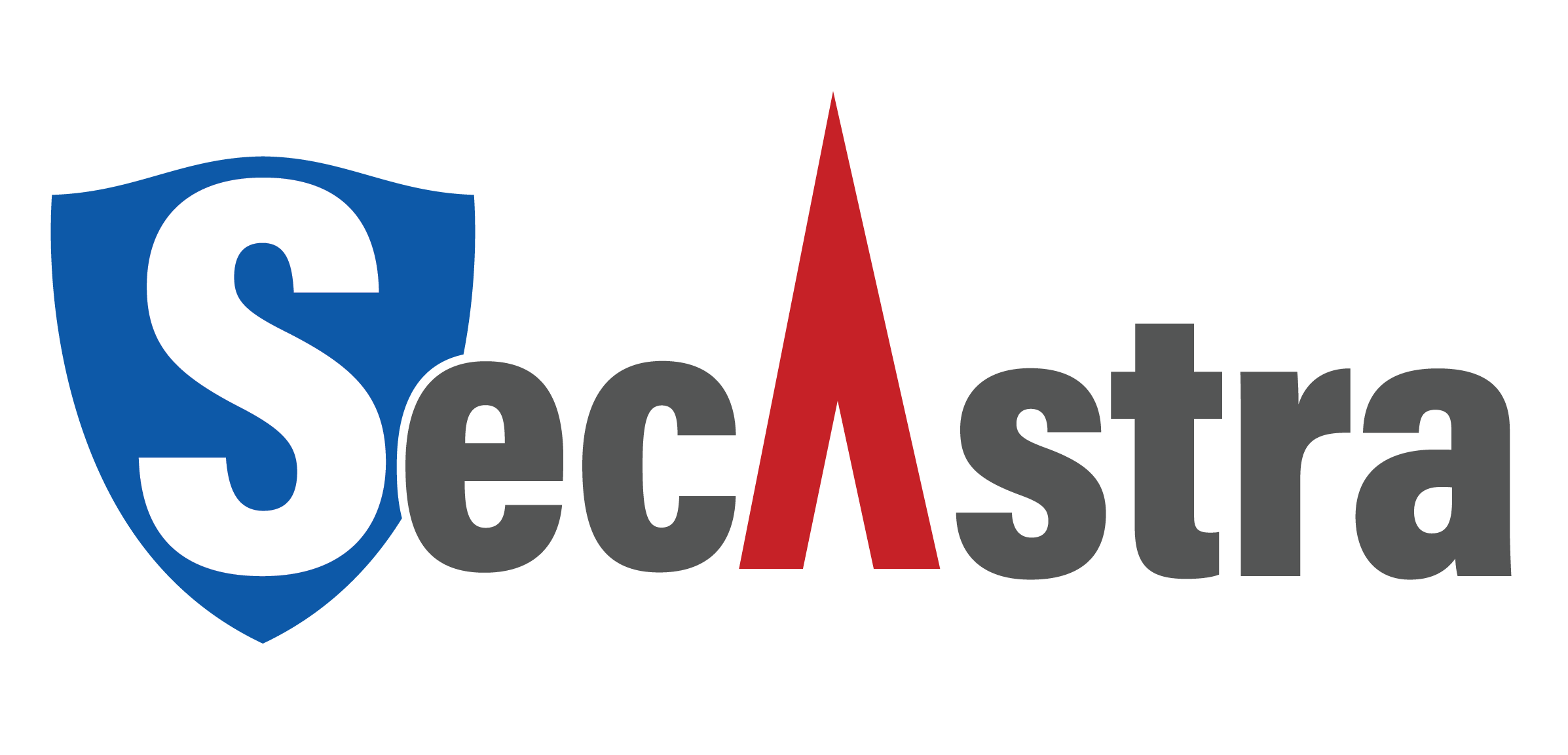
The past decade has witnessed an unprecedented boom in the cloud market, making cloud migration the new normal. The COVID-19 pandemic in 2019 further accelerated this trend, with an ever-growing demand for migration, placing heightened importance on cloud security to safeguard organizational assets in the cloud.
Cloud Security involves safeguarding critical assets such as data, applications, and other cloud infrastructure from cyber theft and misuse. The procedures and technologies employed in securing cloud computing infrastructure are distinct.
SecAstra, as a trusted cloud partner, understands these nuances and possesses the expertise required to operate cloud security systems. Our commitment is to deliver top-notch cloud management support fortified with robust cloud security measures.
Benefits of Cloud Security with SecAstra
I am text block. Click edit button to change this text. Lorem ipsum dolor sit amet, consectetur adipiscing elit. Ut elit tellus, luctus nec ullamcorper mattis, pulvinar dapibus leo.
Enhanced Data Security
The cloud inherently comes with a security system that safeguards your data by default. Rigorous protocols and policies ensure the security of critical data from vulnerabilities.
Centralized Security
Cloud centralizes data and applications, simplifying security tasks and enabling 24×7 monitoring from a centralized location.
Superior Threat Detection:
Equipped with advanced threat intelligence, cloud security can detect threats faster.
Cost and Resource Savings:
No need to invest in hardware and expertise, as cloud security is handled by the service provider.
Compliance:
Leading cloud security providers adhere to regulatory requirements and industry-specific standards.
How SecAstra Can Assist You –
SecAstra’s cloud experts stay abreast of emerging cloud security challenges. At every critical stage of your cloud journey, we stand ready to manage advanced threats, focusing on visibility, control, and security for seamless cloud business operations.
Our Strategic Approach –
• Assess: Evaluate and document security requirements based on the business’s cloud infrastructure.
• Strategy: Draft strategies and policies based on documented security requirements.
• Construct: Design a cloud security architecture to secure all assets across the cloud spectrum.
• Implement: Assist the IT team in implementing policies, designs, and strategies.
• Prepare: Provide training for the IT team and users on best practices and procedures aligned with policies.
• Operate: Deliver 24×7 monitoring and protection through our Security Operations Centres (SOCs), which also serve as a support desk.
• Manage: Oversee ongoing security requirements in the cloud, ensuring continuous protection.
